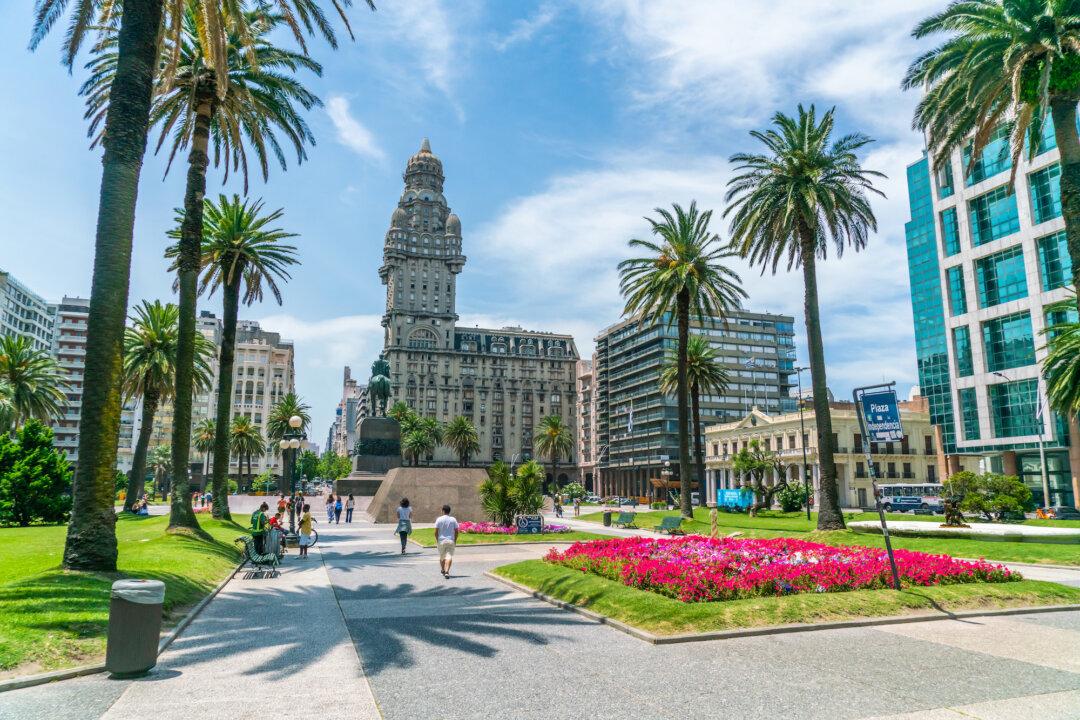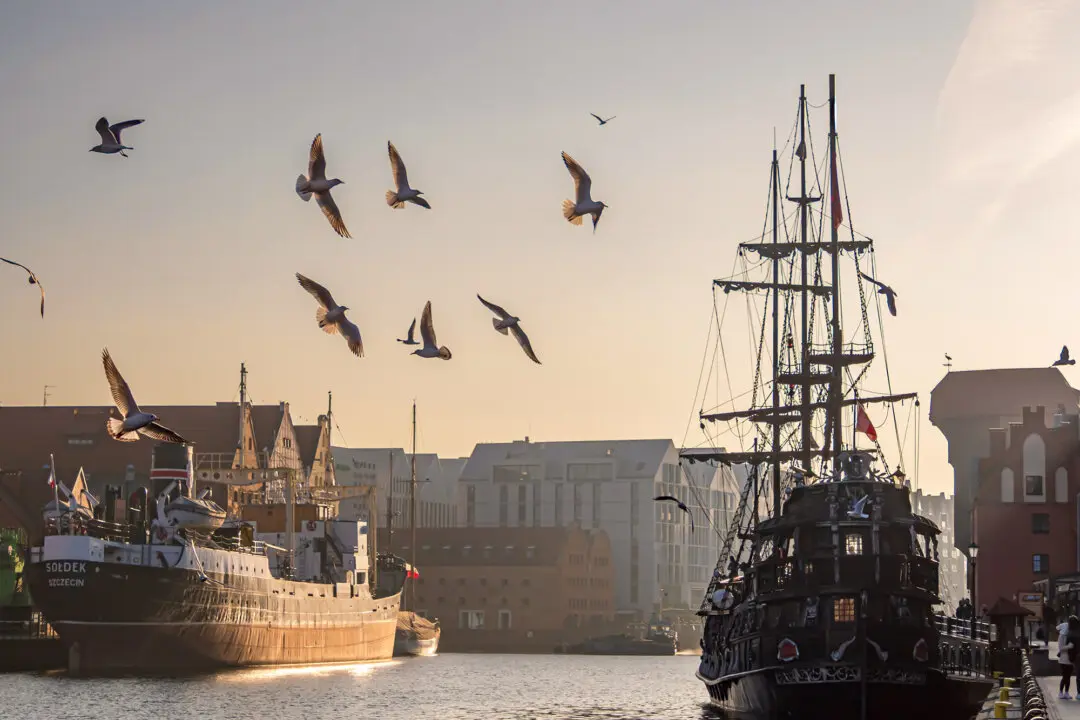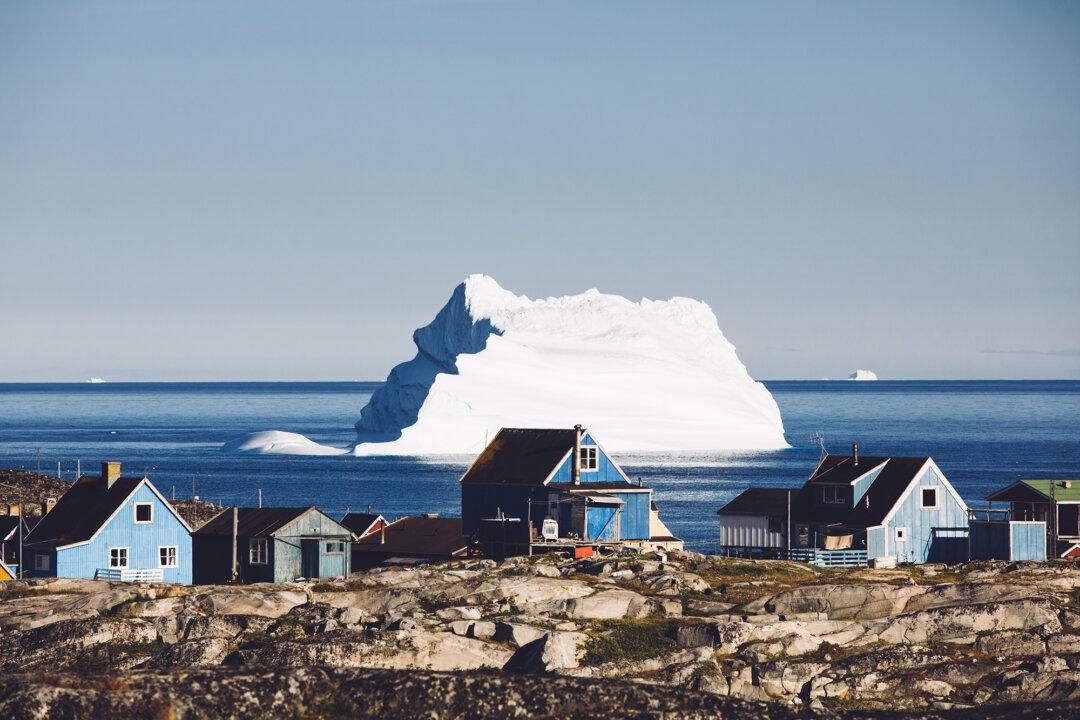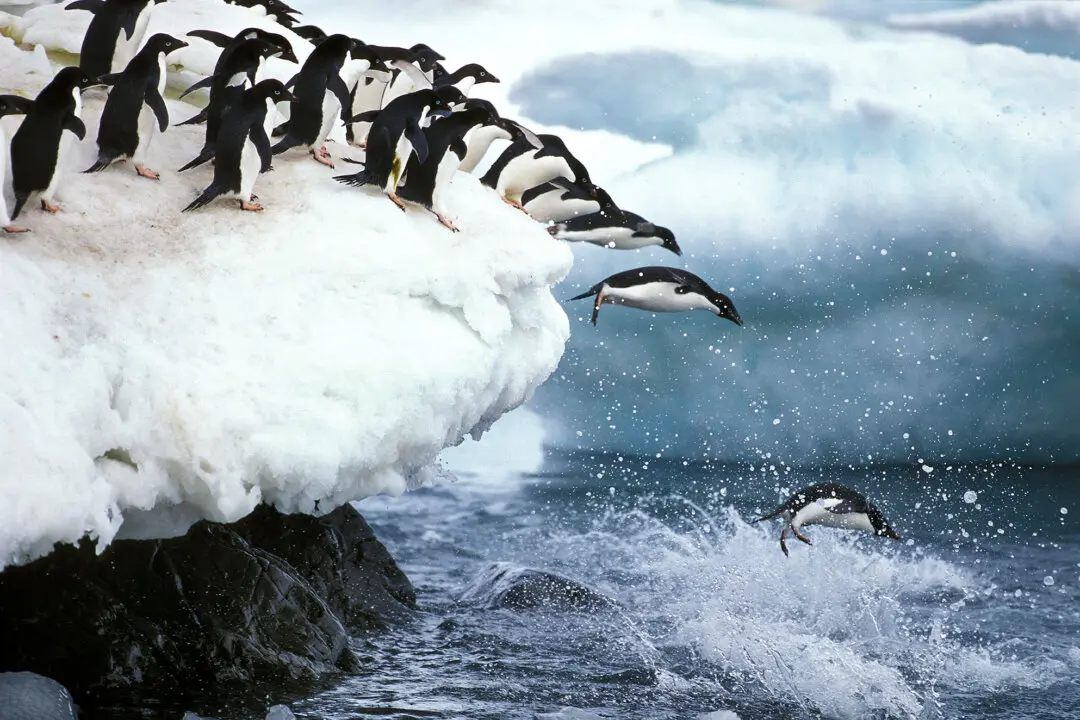It is a city often overlooked—and mispronounced. Home to about 1.3 million people, this rather chill capital city sits on the northern bank of the Río de la Plata (River Plate), just on the edge of the Atlantic. In a place where that famous South American waterway is so wide, you can’t even see across.
Montevideo isn’t really on the way to anywhere else. It’s not a place where you’re likely to explore on an unexpected layover. Unlike in Santiago, Chile, or São Paulo, its airport is not a hub for international flights. While plenty of cruise ships call here, the number is still relatively few when compared with major ports. Which makes this waterside city (pronounced Mon-ti-vi-DAY-O, rather than Monti-video) a perfect place for a journey of discovery, even if, like me, you only have a single day to explore it.





